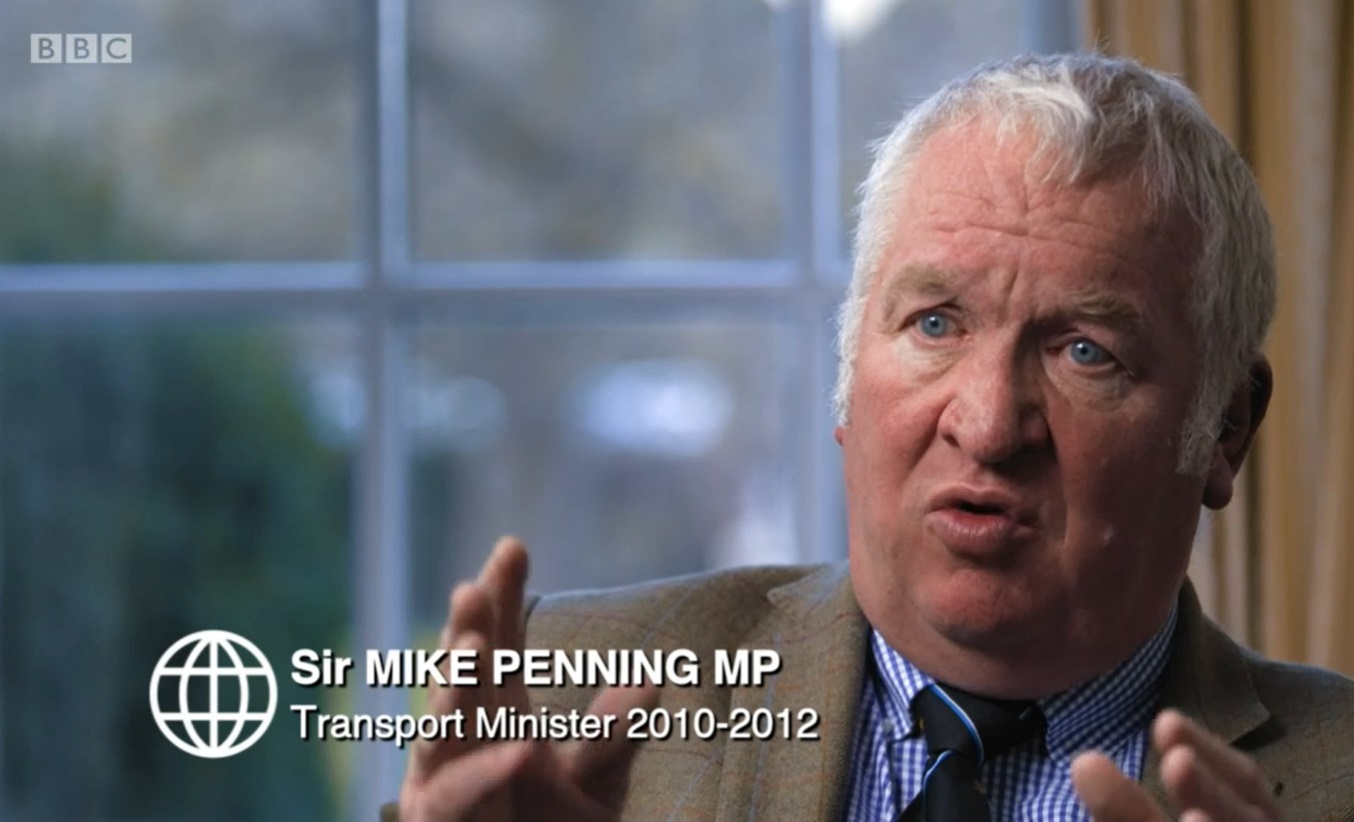
A cross party group of MPs has accused the DfT and Highways England of behaving with a “shocking degree of carelessness” over the introduction of smart motorways.
In a new report, the All Party Parliamentary Group (APPG) on Roadside Rescue and Recovery says necessary steps have not been taken to ensure the safety of road users and recovery operators
The APPG chair, Sir Mike Penning, says it is unacceptable that the roll-out of smart motorways has continued while these issues remain unresolved – and is calling for an immediate halt.
Mr Penning, the former Government minister who approved the roll-out of smart motorways in 2010, said the current system did not resemble the design he signed off.
Among the issues raised in the APPG report is the rate of live lane breakdowns – and the time taken to reach drivers who find themselves in that situation.
The report highlights that drivers are nearly twice as likely to suffer a live lane breakdown on a smart motorway (38%) compared to conventional motorway (20%).
The report says: “That a system is being rolled-out across the country that nearly doubles the frequency of such incidents is a public policy failure. It is reflective of their lack of focus on safety in this entire project.”
Meanwhile, the report concludes Highways England “does not currently have the resources and systems in place to respond to live lane breakdowns in a fast enough manner”.
It says the smart motorways programme should be stopped until there is a ‘marked improvement’ in the response times of Highways England traffic officers – which currently stands at 17 minutes 43 seconds.
One way this must be achieved, according to the report, is through the introduction of RADAR – a vehicle detection system which can spot stranded vehicles as soon as drivers break down.
At present, RADAR is only used on two stretches of smart motorway on the M25. However, the report says all existing stretches of smart motorway should be retrofitted fitted with the technology.
The report also says the number of emergency refuge areas should be doubled – to ensure there is no more than 800m distance between them.
Comment on this story